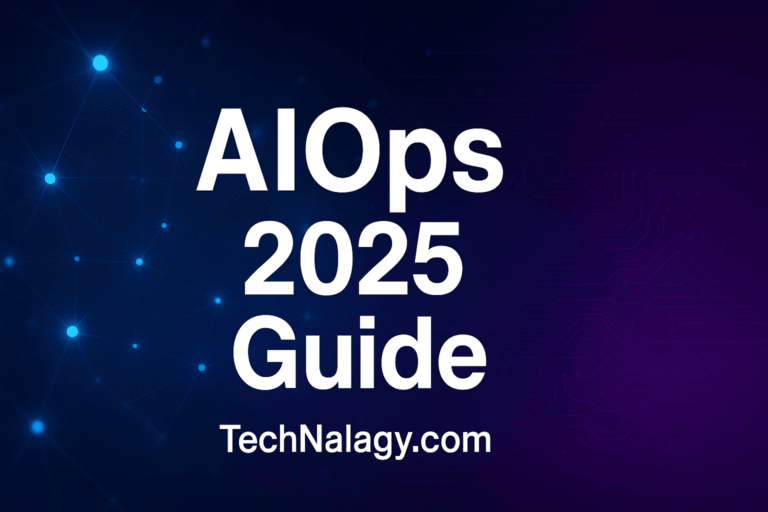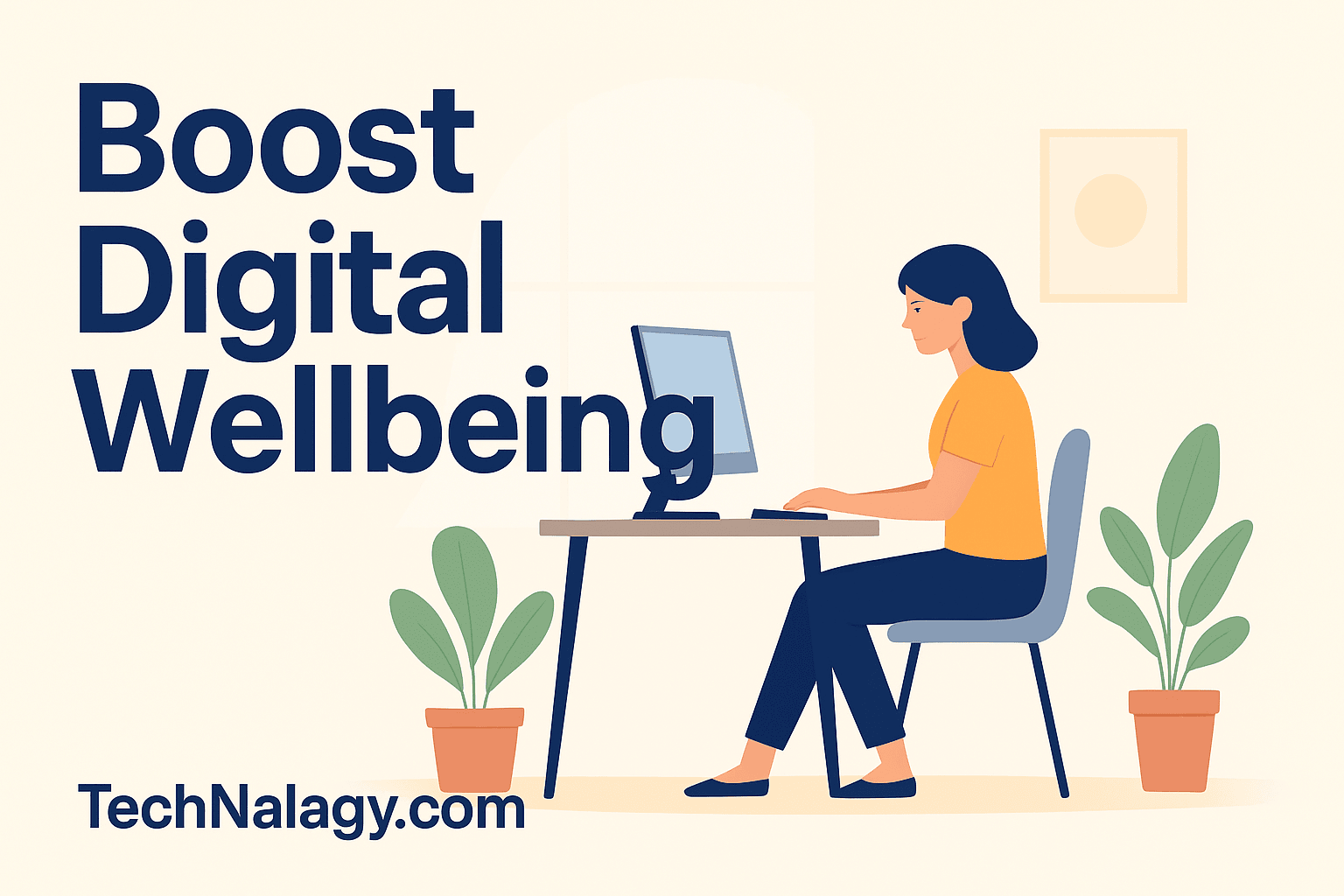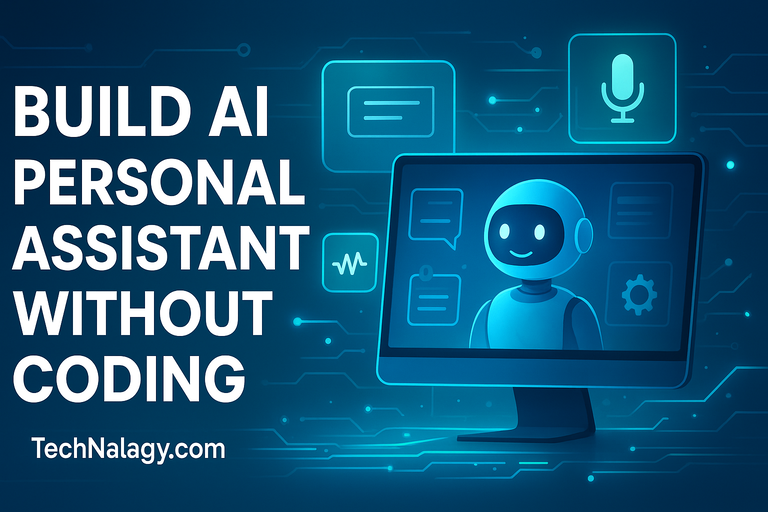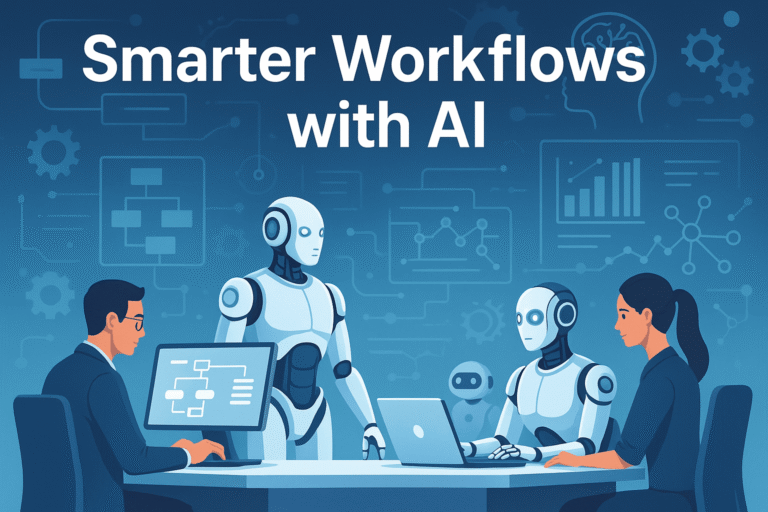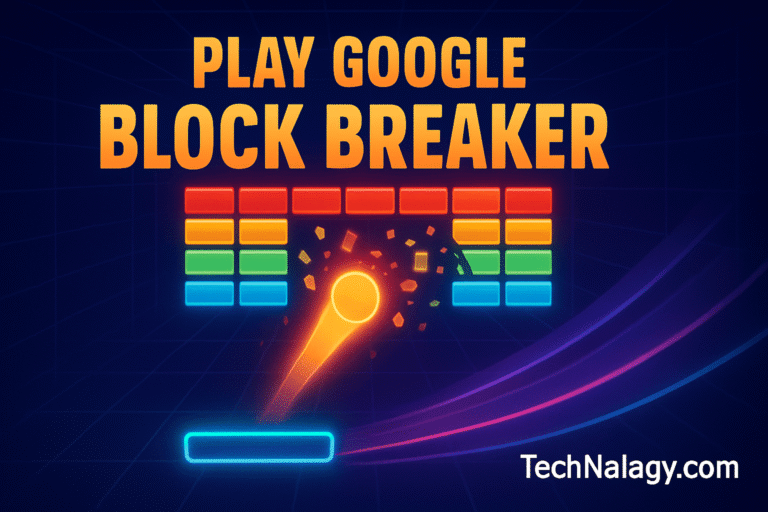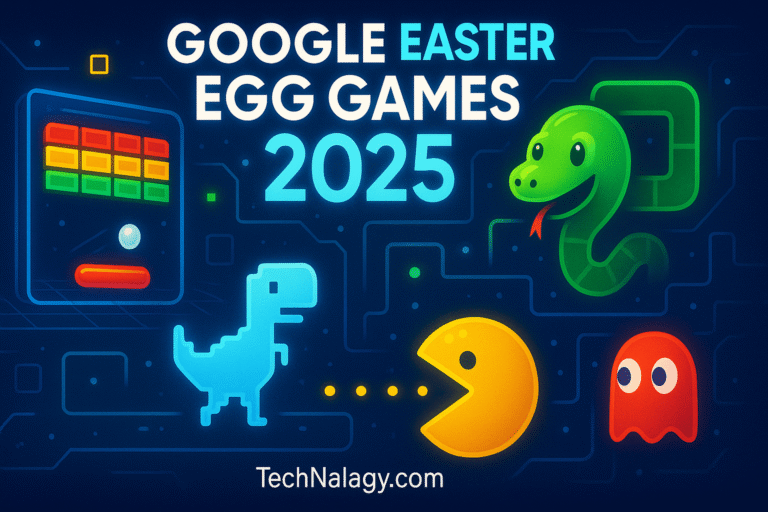How to Create a Digital Twin of Yourself Using AI Tools in 2025
Introduction: When the Virtual You Becomes Real
In 2025, the idea of having a Digital Twin of Yourself has shifted from science fiction to a practical reality. Thanks to breakthroughs in generative AI, cloud computing, and personalization algorithms, individuals can now build virtual counterparts that mimic their thoughts, communication style, and even decision-making patterns.
From acting as personal assistants to serving as AI-powered memory archives, these digital twins redefine how humans interact with technology. As explored in AI in Everyday Life, artificial intelligence is already woven into daily tasks—from organizing emails to curating content—and your own twin is the next frontier.
This in-depth guide explains how to create a Digital Twin of Yourself using modern AI tools, step-by-step, and explores the benefits, challenges, and future potential of this fascinating technology.
Table of Contents
What Is a Digital Twin of Yourself?
A Digital Twin of Yourself is a virtual model designed to replicate your behavior, personality, and preferences through AI. While industrial digital twins monitor machines or cities, personal digital twins model human traits—your voice, writing tone, emotional responses, and cognitive habits.
Creating one involves training AI models with your data: text, images, audio recordings, and other digital footprints. Over time, the AI learns to think, write, and respond like you would.
As detailed in Digital Twins in 2025: How Virtual Replicas Are Powering Smart Cities and Industries, digital twin technology began in industrial applications. Today, it’s entering personal computing, empowering users to build AI representations that evolve continuously.
How AI Tools Enable Personal Digital Twins
AI makes personal digital twins possible through several intertwined technologies:
- Machine Learning: Identifies patterns in your data—how you phrase sentences or structure thoughts.
- Natural Language Processing (NLP): Allows your twin to communicate fluently, matching your tone and vocabulary.
- Generative AI Models: Create new text, speech, or visuals that mirror your unique style.
- Memory-based AI Systems: Store long-term data about your habits and preferences for evolving accuracy.
Together, these systems form a living digital reflection—a combination of your cognitive fingerprint and behavioral rhythm.
Top AI Tools to Create a Digital Twin in 2025
Building a Digital Twin of Yourself no longer requires coding. The following tools lead the field in 2025:
- Replika AI – Creates emotionally aware chat companions trained to simulate empathy and personality traits.
- Personal.ai – Builds a “memory cloud” that stores your communications, notes, and documents to model your thought patterns.
- Soul Machines – Develops hyper-realistic 3D digital humans capable of natural conversation and facial expression.
- Synthesia – Generates lifelike AI avatars that speak in your tone for video and presentation use.
- ChatGPT (Custom Instructions & Memory) – Allows fine-tuning of personality and conversation style using stored data.
- Inworld AI / Character.ai – For conversational replicas ideal for social or entertainment purposes.
- UneeQ – Enterprise-level tool for creating branded digital humans.
According to MIT Technology Review, identity-driven AI systems are rapidly becoming central to human-computer interaction, bridging emotional intelligence and automation.
Step-by-Step Guide: How to Create a Digital Twin of Yourself
Step 1: Define Your Purpose
Decide what your twin should do. Will it act as a virtual assistant, represent you in meetings, or preserve your digital legacy? Clarity shapes the kind of data you’ll need.
Step 2: Gather Personal Data
Collect text samples (emails, essays, posts), audio clips, and video recordings that reveal your communication style and behavior. Ensure you own the rights to all content.
Step 3: Choose the Right Platform
Select one or more AI tools from the list above. For voice and personality, use Replika or ChatGPT; for visuals, pair with Synthesia or Soul Machines.
Step 4: Train Your AI Twin
Upload your materials. The system analyzes patterns—how you write, the tone you prefer, and your vocabulary range. The more data you provide, the more accurate the digital twin becomes.
Step 5: Add Visual and Voice Layers
Combine visual avatar creation with text-based AI. Tools like ElevenLabs can clone your voice, while Synthesia animates facial expressions.
Step 6: Interact and Refine
Converse with your twin. Ask questions, test responses, and correct inaccuracies. Each interaction fine-tunes its realism.
Step 7: Automate Your Twin’s Tasks
Integrate your twin with automation tools for scheduling, note-taking, or responding to routine queries. You can streamline this with systems covered in AI Workflow Automation Tools Explained: What They Are and How to Use Them.
Step 8: Secure and Maintain
Store your twin’s data in encrypted or self-hosted environments. Regularly update information to reflect your growth and evolving opinions.
Use Cases: Where Personal Digital Twins Shine
- Personal Productivity: Manage emails, calendars, and content drafts.
- Digital Legacy: Preserve memories or expertise for future generations.
- Education: Provide AI tutoring based on your expertise.
- Social Presence: Maintain virtual engagement while offline.
- Professional Delegation: Handle repetitive communication tasks.
Each application highlights how a Digital Twin of Yourself can extend your digital influence without constant manual effort.
Benefits of Creating a Digital Twin of Yourself
- Enhanced Efficiency: Automate communication and learning.
- Personalized Experiences: Your AI twin mirrors your cognitive preferences.
- Continuous Availability: Operates globally, anytime.
- Data-Driven Insights: Analyze how you think and improve decision-making.
- Digital Immortality: Preserves your knowledge and values beyond time.
A Digital Twin of Yourself isn’t just convenience—it’s a deeper exploration of human potential within technology.
Challenges and Ethical Considerations
Despite its promise, creating a personal twin raises profound questions:
- Privacy Risks: Sensitive data exposure must be managed with strict encryption.
- Identity Misuse: Unauthorized clones could impersonate users.
- Psychological Impact: Blurring lines between real and synthetic identity.
- Ethical Boundaries: Consent and transparency are essential.
Responsible users must prioritize authenticity, limit data sharing, and comply with AI ethics standards.
Real-World Examples in 2025
Celebrities and entrepreneurs now experiment with digital doubles. AI researchers use replicas for productivity, while virtual influencers like Lil Miquela prove how convincing synthetic personas can be. Some professionals deploy AI twins for training or knowledge retention.
These examples suggest a future where every individual may own a secure, evolving digital counterpart.
The Future of Digital Twin Technology
By 2030, personal digital twins could merge with Extended Reality (XR) and Neural Interfaces, allowing full-sensory communication between humans and machines. With the rise of ambient computing, your digital twin might join meetings in your place or generate creative work collaboratively.
The boundary between self and simulation will blur—but it will also empower new expressions of identity, creativity, and continuity.
Conclusion: A New Chapter in Human-AI Symbiosis
Creating a Digital Twin of Yourself in 2025 is more than a tech experiment—it’s an act of digital self-definition. Whether you build it for productivity, preservation, or curiosity, your twin represents a personal leap into the age of intelligent reflection.
As AI evolves, the challenge is not to compete with your twin, but to collaborate with it—responsibly, creatively, and consciously.
FAQs
1. What is a Digital Twin of Yourself?
It’s a virtual AI model that replicates your communication style, preferences, and personality to perform tasks or interact autonomously.
2. How do AI tools create personal digital twins?
They use machine learning and NLP to analyze your data and generate realistic behavior and responses.
3. Is it safe to create a digital twin?
Yes, if you use privacy-focused tools and encrypt stored data. Always verify platform security before uploading personal content.
4. Can my digital twin evolve over time?
Absolutely. Modern AI models continuously learn from new interactions and data.
5. What’s the future of digital twins?
Integration with XR, voice cloning, and neural tech will create more immersive, human-like experiences.

Kamran Khatri is the founder of technalagy.com, where he shares insights on AI, future tech, gadgets, smart homes, and the latest tech news. Passionate about making innovation simple and accessible, he writes guides, reviews, and opinions that help readers stay ahead in the digital world.

